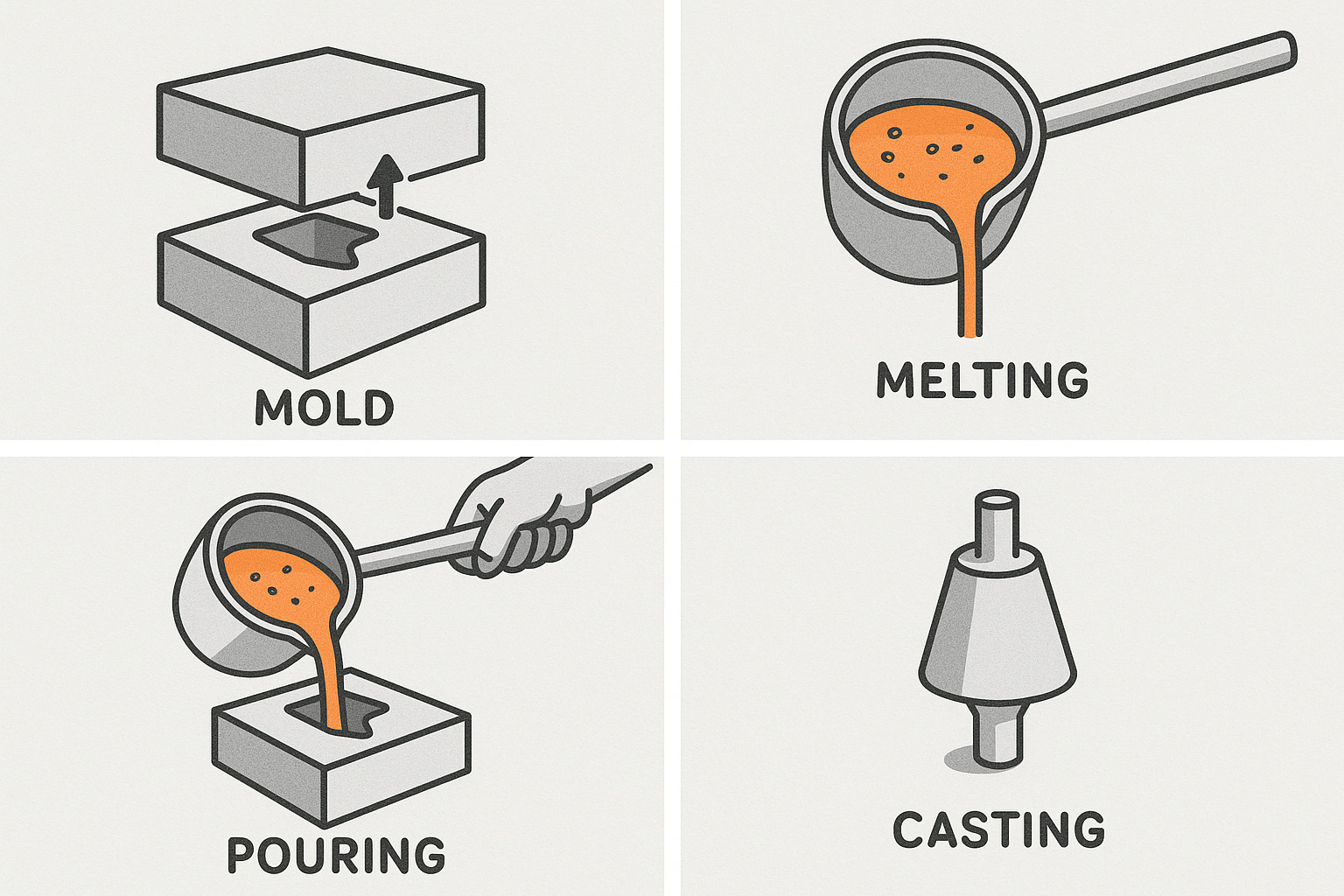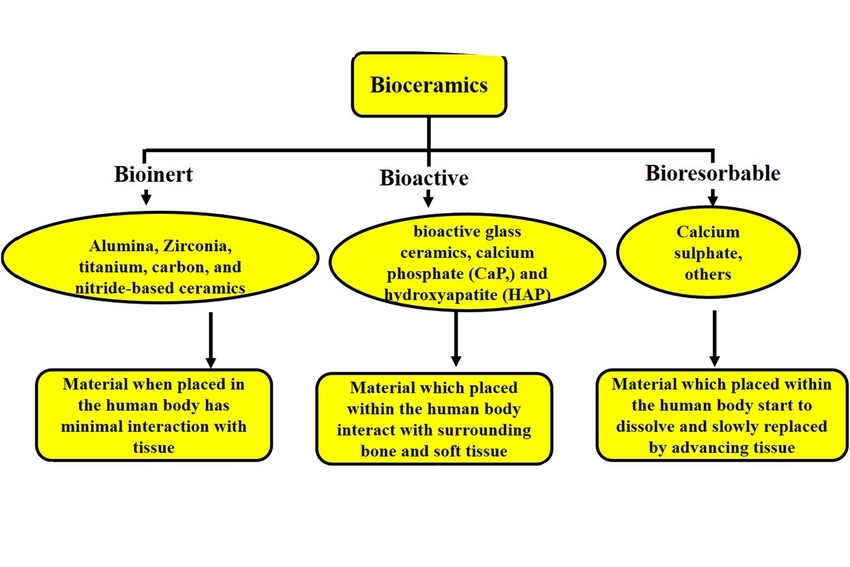Exploring The Reactions Using Palladium Carbon Catalysts
Introduction
Catalysis is a critical process in many industrial sectors that enables the conversion of reactants into valuable products with increased efficiency. Among the catalysts applied in such processes, Palladium on Carbon (Pd/C) exhibits measured catalytic activity and versatility. This combination of palladium nanoparticles on a carbon support delivers properties that render Pd/C catalysts valuable in a range of applications. In this article, we examine several reaction types in which Pd/C catalysts are employed and describe how these catalysts enhance conversion rates.
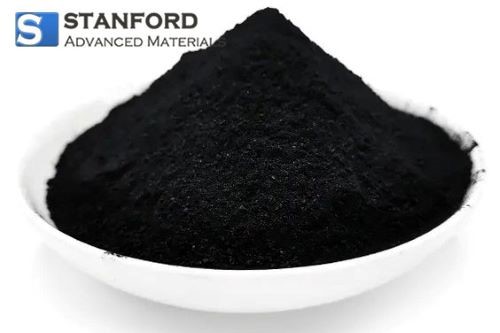
Figure 1. Palladium–Carbon Catalysts
Reactions Using Palladium on Carbon
1) Hydrogenation Reactions
Pd/C catalysts are widely employed in hydrogenation reactions, whereby hydrogen gas is added to unsaturated compounds to yield saturated derivatives. The catalytic activity of Pd/C reduces reaction time and increases the yield of the desired product. Consequently, these catalysts are utilised in the pharmaceutical, fine chemical and petrochemical industries for the synthesis of various compounds, including pharmaceutical intermediates, flavouring agents and fragrances.
2) Cross-Coupling Reactions
In cross-coupling reactions, carbon–carbon bonds are formed between two or more reactants. Pd/C catalysts, particularly those based on palladium nanoparticles, are frequently used in reactions such as the Suzuki–Miyaura and Heck reactions. These catalysts facilitate the coupling of substrates including aryl, vinyl and heteroaryl compounds, thereby permitting the synthesis of complex organic molecules.
3) Carbonylation Reactions
Carbonylation reactions involve the incorporation of a carbonyl group into organic molecules. This modification extends the functionality and potential applications of the compounds. Pd/C catalysts in carbonylation reactions facilitate the synthesis of compounds such as esters, amides and carboxylic acids. These reactions are significant in the pharmaceutical, agrochemical and polymer industries, as the catalysts deliver high activity and selectivity in carbonyl conversions.
4) Nitrogenation Reactions
Nitrogenation reactions involve the introduction of nitrogen‐containing functional groups into organic molecules, thereby enabling the synthesis of amines, amides and other nitrogenous compounds. Palladium on carbon catalysts have demonstrated efficiency in nitrogenation processes such as reductive amination, Buchwald–Hartwig amination and amide formation. These reactions are important in pharmaceutical synthesis, given that amines and amides serve as vital building blocks.
5) Formation of Carbon–Heteroatom Bonds
Pd/C catalysts are also employed in reactions that form carbon–heteroatom bonds, including the Buchwald–Hartwig amination and the Mizoroki–Heck reaction. In these processes, carbon–nitrogen, carbon–oxygen and carbon–sulphur bonds are generated. Pd/C catalysts facilitate these reactions efficiently, thereby enabling the synthesis of a broad range of functionalised organic molecules applicable in both pharmaceutical and materials science contexts.
6) Reduction Reactions
Pd/C catalysts are effective in various reduction reactions, including the reduction of functional groups such as carbonyl groups, nitro groups and olefins. The catalytic activity of Pd/C permits the use of milder reaction conditions and reduces the requirement for harsh reagents. Given that this method minimises hazardous conditions, high yields and selectivity can be maintained.
7) Other Reactions
In addition to the aforementioned applications, Pd/C catalysts are utilised in reactions such as decarbonylation, dehalogenation and cyclisation. Their versatility allows for a wider range of conversions in synthetic chemistry, thereby facilitating the synthesis of new materials and pharmaceutical compounds.
Conclusion
In summary, Palladium on Carbon catalysts (Pd/C) serve as effective instruments for improving conversion rates in a variety of applications. From hydrogenation and cross-coupling reactions to the formation of carbon–carbon bonds and reduction reactions, Pd/C catalysts play an essential role in synthetic chemistry. Their measured activity, selectivity and stability contribute to processes in the pharmaceutical, fine chemical and materials science sectors. Ongoing research into the optimisation of Pd/C catalysts is expected to yield further improvements in catalytic conversion procedures.
Stanford Advanced Materials (SAM) is a leading provider of high-quality precious metal catalysts. All products are securely packaged and offered at competitive prices. For further information, please visit our website.

 Bars
Bars
 Beads & Spheres
Beads & Spheres
 Bolts & Nuts
Bolts & Nuts
 Crucibles
Crucibles
 Discs
Discs
 Fibers & Fabrics
Fibers & Fabrics
 Films
Films
 Flake
Flake
 Foams
Foams
 Foil
Foil
 Granules
Granules
 Honeycombs
Honeycombs
 Ink
Ink
 Laminate
Laminate
 Lumps
Lumps
 Meshes
Meshes
 Metallised Film
Metallised Film
 Plate
Plate
 Powders
Powders
 Rod
Rod
 Sheets
Sheets
 Single Crystals
Single Crystals
 Sputtering Target
Sputtering Target
 Tubes
Tubes
 Washer
Washer
 Wires
Wires
 Converters & Calculators
Converters & Calculators
.jpg)

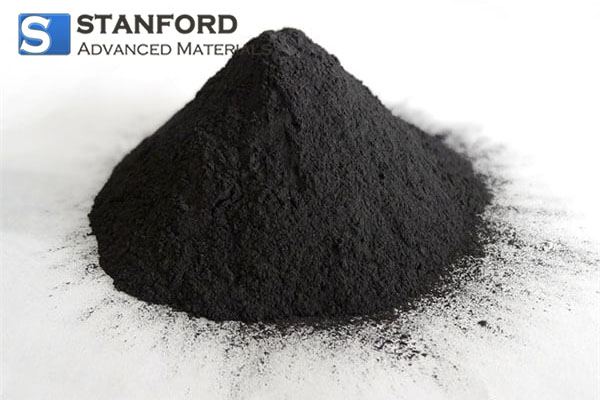
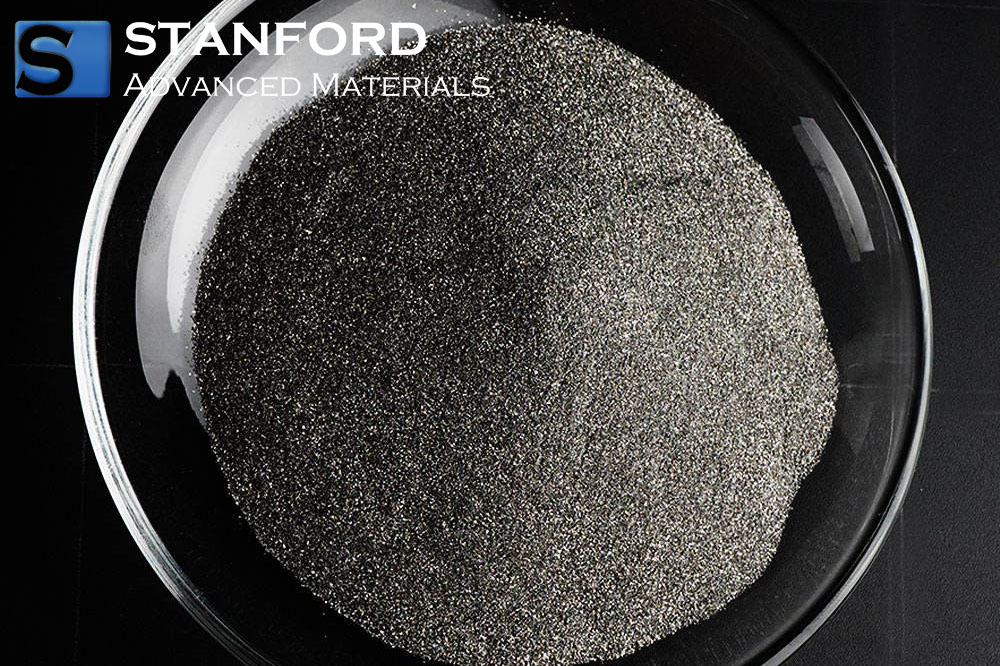
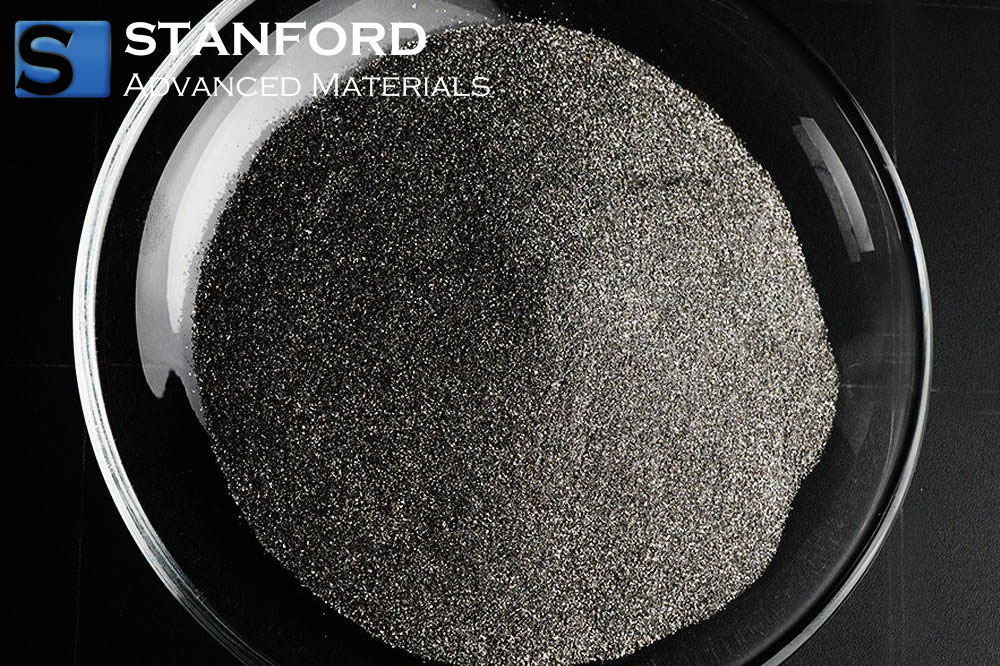
 Chin Trento
Chin Trento

